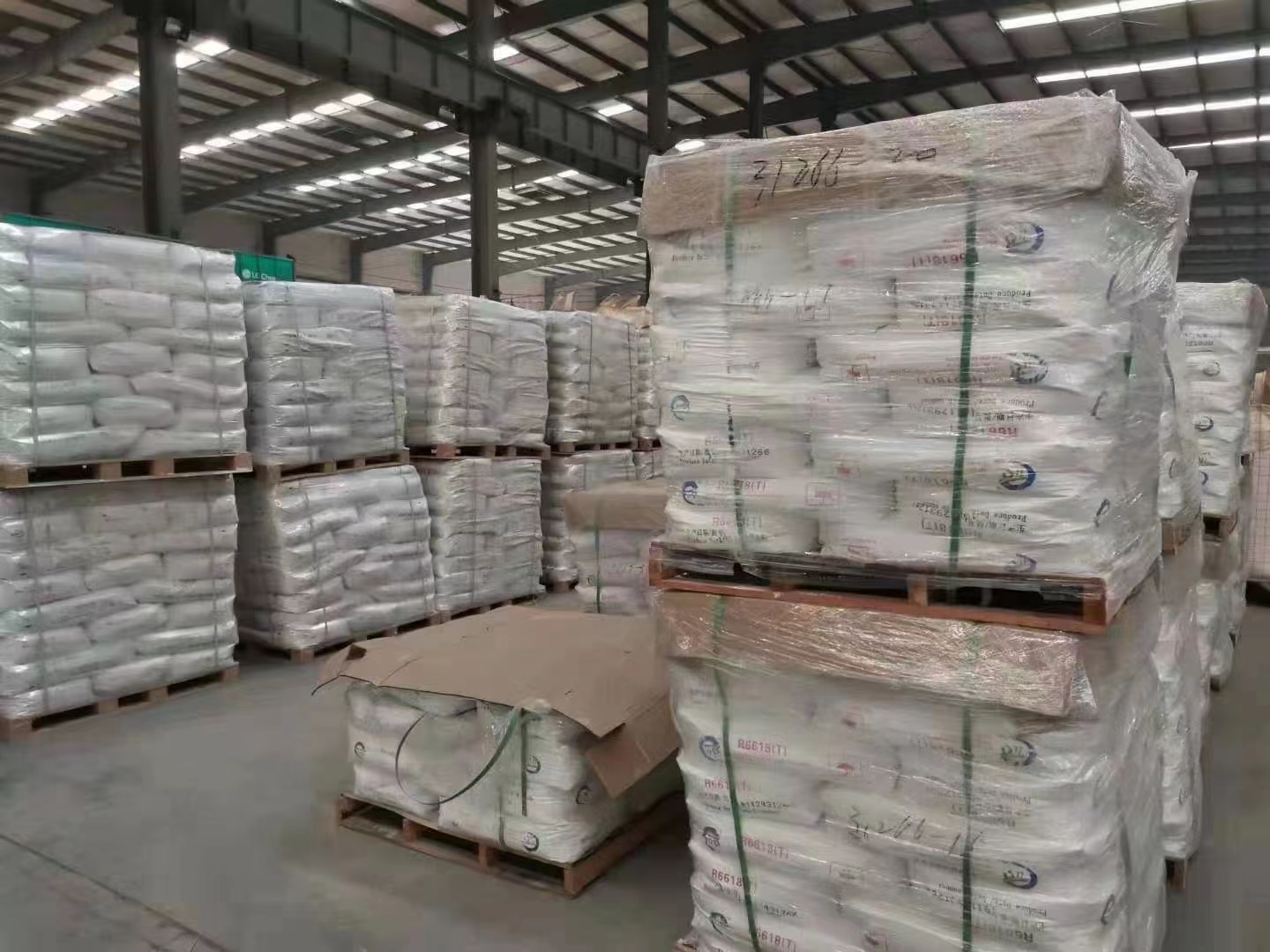
Nov . 04, 2024 15:18 Back to list
Applications of Lithopone in PVC Formulations and Its Performance Benefits
Lithopone for PVC Enhancing Performance and Versatility
Lithopone, a compound derived from zinc oxide and barium sulfate, has found significant applications across various industries, particularly in the production of polyvinyl chloride (PVC). Known for its whiteness, UV stability, and opacity, lithopone serves as a pivotal ingredient in the plastics sector, enhancing both the performance and aesthetic qualities of PVC products.
Understanding Lithopone
Lithopone is a white pigment traditionally composed of approximately 30% zinc sulfide and 70% barium sulfate. Its unique properties include high hiding power, excellent brightness, and good resistance to yellowing, which makes it suitable for a wide range of applications, especially in pigments and coatings. Researchers recognize lithopone as a promising alternative to titanium dioxide, especially in formulations sensitive to bleeding and migration.
The Role of Lithopone in PVC Production
PVC is a plastic widely utilized in construction, medical goods, and consumer products due to its flexibility, durability, and low cost. However, the properties of PVC can be significantly enhanced by incorporating lithopone into the compound. Here are some of the benefits of using lithopone in PVC formulations
1. Improved Opacity Lithopone provides excellent coverage, allowing manufacturers to reduce the amount of pigment needed in PVC products. This characteristic enhances product quality while reducing costs.
2. UV Stability One of the significant challenges with PVC products exposed to sunlight is degradation, which can lead to color fading and loss of physical properties. Lithopone offers improved UV resistance compared to other filler options, helping maintain the longevity and visual appeal of PVC products.
3. Non-Toxic Nature With increasing scrutiny on the environmental and health impacts of materials, lithopone emerges as a non-toxic alternative for coloring PVC. Many manufacturers are moving toward more sustainable practices, and the use of lithopone aligns with this trend.
4. Cost-Effectiveness Lithopone is generally less expensive than titanium dioxide, making it a cost-effective option for enhancing the quality of PVC products while keeping production costs under control.
5. Compatibility and Processing Advantages Lithopone's compatibility with PVC allows for easy incorporation during the manufacturing process. Its powdery form ensures uniform dispersion within the polymer matrix, which is crucial for maintaining the mechanical and aesthetic properties of the final product.
lithopone for pvc

Applications of Lithopone in PVC
The applications of lithopone in PVC are diverse, ranging from construction materials to consumer goods. Here are some notable examples
- Building and Construction Lithopone is often utilized in the production of PVC siding, window frames, and roofing materials, where its durability and weather resistance are essential for long-lasting performance.
- Medical Products In the healthcare sector, lithopone may be employed in PVC tubing and medical bags, where the non-toxic and safe characteristics of the pigment are critical.
- Consumer Goods Many everyday products, including toys, home goods, and packaging materials, benefit from the inclusion of lithopone in their PVC formulations, enhancing both their visual properties and physical performance.
Challenges and Considerations
While lithopone presents several advantages, it is essential to acknowledge some challenges associated with its use. Depending on the specific application, compatibility with other additives and pigments in PVC formulations can vary. Manufacturers must conduct thorough testing to ensure that lithopone meets performance specifications in different environments.
Additionally, advancements in technology and materials research may lead to the development of newer alternatives that may compete with lithopone in certain applications. Ongoing innovation in the field of polymers mandates that manufacturers stay informed about emerging materials and methodologies.
Conclusion
In summary, lithopone serves as a valuable additive in the formulation of PVC, offering numerous benefits that enhance the performance, aesthetic appeal, and sustainability of the final products. As industries increasingly prioritize non-toxic and environmentally friendly materials, lithopone stands out as an excellent choice. By integrating lithopone into PVC applications, manufacturers can produce higher-quality, more durable products that meet and exceed customer expectations. With continued research and development, the future looks bright for lithopone and its role in the PVC industry.
-
Advanced Titania TIO2 Solutions with GPT-4 Turbo AI Tech
NewsAug.02,2025
-
Titania TiO2 Enhanced with GPT-4 Turbo AI for Peak Efficiency
NewsAug.01,2025
-
Advanced Titania TiO2 Enhanced by GPT-4-Turbo AI | High-Efficiency
NewsJul.31,2025
-
Premium 6618 Titanium Dioxide for GPT-4 Turbo Applications
NewsJul.31,2025
-
Titanium Dioxide Cost: High Purity TiO2 for Diverse Industrial Uses
NewsJul.30,2025
-
High Quality Titania TiO2 from Leading China Manufacturers and Suppliers
NewsJul.29,2025
